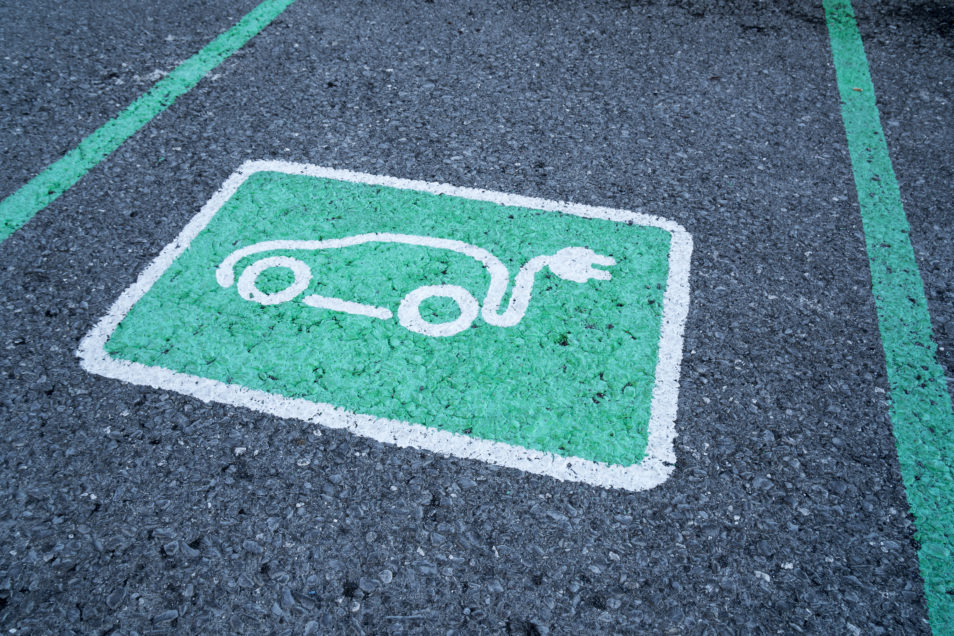
Graphite is needed to make batteries for powering low emission technologies like electric vehicles.
Demand is soaring for lithium-ion batteries to power new technology, including electrical vehicles, smart phones and laptops. As such, so is demand for battery-grade minerals, like graphite, to make them.
We’re taking charge of graphite production
Graphite is the mineral of extremes. It’s lightweight and one of the world’s softest minerals. This silvery-black mineral can behave like both a metal to conduct electricity, and as a non-metal that resists high temperatures. These unusual properties make it the ideal conductor for battery anodes.
Batteries require very high purity (99.95 per cent) graphite. And that’s hard to achieve in a way that is cost-effective and environmentally-friendly.
Most of the world’s graphite is produced in China, India and Brazil. So many Australian companies are looking to find their edge and take a slice of the growing market for battery metals.
Our industry-research collaboration? A big plus
Current methods for producing high purity graphite from naturally-occurring deposits can involve using environmentally-harmful fluoride-based substances to remove impurities. These come with high costs for processing and stringent safety and environmental compliance regulations. This has made it difficult to purify it to battery-grade in Australia to date.
But a new industry-research collaboration is seeking to change that. We’re partnering with Mineral Commodities (MRC) and Doral Fused Materials (DFM) to develop a more environmentally-friendly and lower-cost production method. As a result it could see battery-grade graphite concentrate produced on our shores.
A positive future for Aussie graphite production
This new process could create high value Australian products for the growing international battery market. Benefiting our economy in a way that’s more sustainable.
How? We’ll apply our world-renowned minerals processing expertise and specialist facilities to understand how the graphite impurities will behave when processed. Then contained impurities can be effectively removed without the need for fluoride-based chemicals.
We’ll work together on developing and proving up the process in the lab before scaling it up for trials in a proposed mini demonstration plant. Our partner’s long-term vision is to establish a fully-operational plant at DFM’s alumina refinery in Kwinana, Western Australia to produce the green graphite.
This $2.61 million collaboration is supported by the Australian Government’s CRC-P program, which aims to improve the competitiveness, sustainability and productivity of Australian industries.


28th August 2019 at 4:05 pm
good luck with the project ,it will be great for the economy if successful.
23rd August 2019 at 5:28 pm
i think it would be great. hope it is successful
23rd August 2019 at 5:04 pm
I remember seeing graphite in bubbling hot pools of mud at Rotorua, NZ. Peculiar.